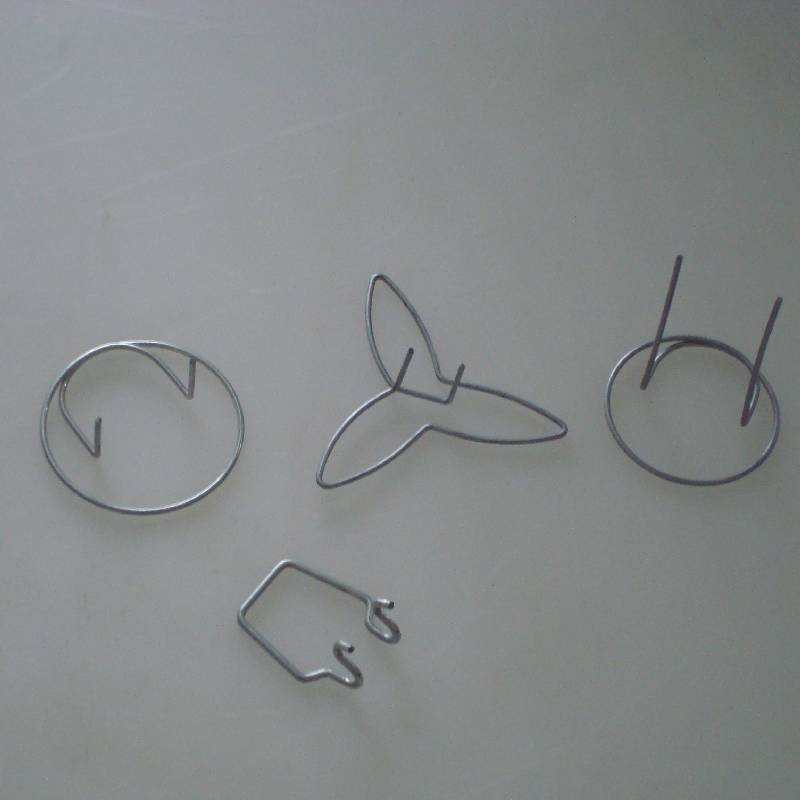
- Mobile Phone
- +8613931874955
- sales@cntcmetal.com
Detailed Examination of Brick Tie Installation Techniques and Best Practices
Brick Tie Detail Understanding Its Importance in Construction and Design
When embarking on construction projects, whether residential, commercial, or industrial, one of the most critical aspects that should not be overlooked is the brick tie detail. The incorporation of such ties plays a pivotal role in ensuring structural integrity, safety, and aesthetic appeal. As buildings evolve in complexity and design, understanding the nuances of brick tie details becomes paramount for architects, engineers, and builders alike.
What are Brick Ties?
Brick ties, often referred to as masonry ties, are slender pieces of metal or wire that are used to secure masonry walls, such as brick or stone, to the structural framing of a building. These ties facilitate the necessary connection between the outer masonry layer and the inner structural components, promoting stability and resilience against various environmental factors.
The Importance of Brick Ties
1. Structural Integrity One of the primary functions of brick ties is to maintain the structural integrity of a wall. They prevent separation between the brick veneer and the structural framework, ensuring that the load is evenly distributed. This is particularly crucial in multi-story buildings where the stability of the entire structure relies on interconnected components.
2. Wind Load Resistance In regions prone to high winds, brick ties become essential for resisting lateral forces. They anchor the masonry to the building’s frame, reducing the risk of the veneer detaching during severe weather conditions. Properly spaced and installed brick ties can significantly enhance a building’s ability to withstand wind uplift and shear forces.
3. Control of Thermal Movement Buildings experience thermal expansion and contraction due to temperature fluctuations. Brick ties accommodate this movement by allowing for some flexibility, thus preventing cracks in the masonry that can result from stress points created by temperature changes.
4. Moisture Management Brick ties can also contribute to moisture management in masonry walls. By allowing for ventilation between the brick veneer and the structural frame, they help to reduce the risk of moisture build-up, which can lead to mold growth and decay of materials. This is particularly important in climates with high humidity or where rain is frequent.
5. Aesthetic Considerations Beyond their structural functions, brick ties also have an aesthetic value. When executed correctly, brick ties can enhance the visual appeal of a building while maintaining its integrity. Modern designs often incorporate exposed or decorative ties as part of the architectural style, blending functionality with beauty.
brick tie detail

Types of Brick Ties
There are various types of brick ties available, each suited for different applications and building materials. Some common types include
- Vertical Wall Ties Used for securing vertical masonry walls to the framing. - Horizontal Wall Ties Suitable for connecting brick walls entirely, providing lateral strength. - Adjustable Ties These can accommodate varying wall thicknesses and are often used in complex designs where flexibility is needed.
Standards and Regulations
The installation of brick ties is governed by various building codes and standards. For instance, the International Building Code (IBC) and local regulations dictate the type, spacing, and material of ties to ensure safety and reliability. Compliance with these codes is crucial, as improper installation can lead to severe structural failures, posing risks to occupants.
Best Practices for Installation
To maximize effectiveness, several best practices should be followed during the installation of brick ties
- Correct Spacing Adhering to recommended spacing guidelines (typically 16 to 24 inches apart vertically and horizontally) can help distribute loads more effectively. - Material Selection Choosing high-quality, corrosion-resistant materials is critical, particularly in areas exposed to moisture. - Regular Inspections Conducting regular inspections during and after construction can ensure that brick ties remain secure and effective over time.
Conclusion
In summary, brick tie details are a vital consideration in modern construction, contributing not only to the structural stability of a building but also enhancing its aesthetic qualities. As architectural designs continue to evolve, the importance of understanding and implementing proper brick tie techniques will remain essential for ensuring safe and visually appealing constructions. Builders, architects, and engineers must prioritize these details to safeguard the longevity and durability of their structures, ultimately fostering a built environment that meets both functional and aesthetic standards.
share:
-
Why Sacrificial Formwork Is Redefining Underground ConstructionNewsJun.06,2025
-
The Structural Dynamics of Modern Concrete: How Snake Spacers Revolutionize Flexible ReinforcementNewsJun.06,2025
-
Snake Spacers Smart-Lock Concrete Reinforcement with Surgical PrecisionNewsJun.06,2025
-
Snake Spacers: Reinforcement Precision for Modern Concrete ProjectsNewsJun.06,2025
-
Snake Spacers Powering Concrete's Structural DNANewsJun.06,2025
-
Slither into Success: Snake Spacers' Precision Bite for Unbreakable ReinforcementNewsJun.06,2025
-
Sacrificial Formwork: Building Stronger, Faster, and Safer StructuresNewsJun.06,2025



















